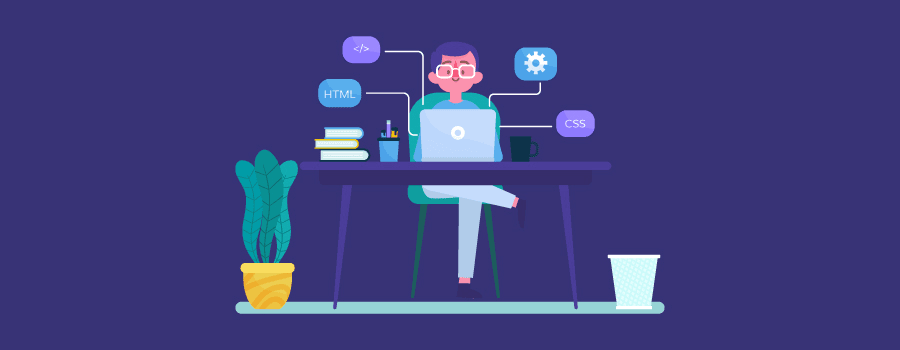Understanding Testability

- Posted By: Hiba Sulaiman
- Posted On: September 25, 2020



As we know that the world of technology is rapidly evolving, the importance of the quality of software applications has also increased. Software quality assurance plays an importan...
Read moreTo deliver a high quality product communication is key. It is very important for developers, testers, managers, clients and every other stakeholder to collaborate so the project ca...
Read moreEnsuring that a software application works consistently across different web browsers is a challenge. Even the slightest difference in browser versions can cause issues and affect ...
Read more